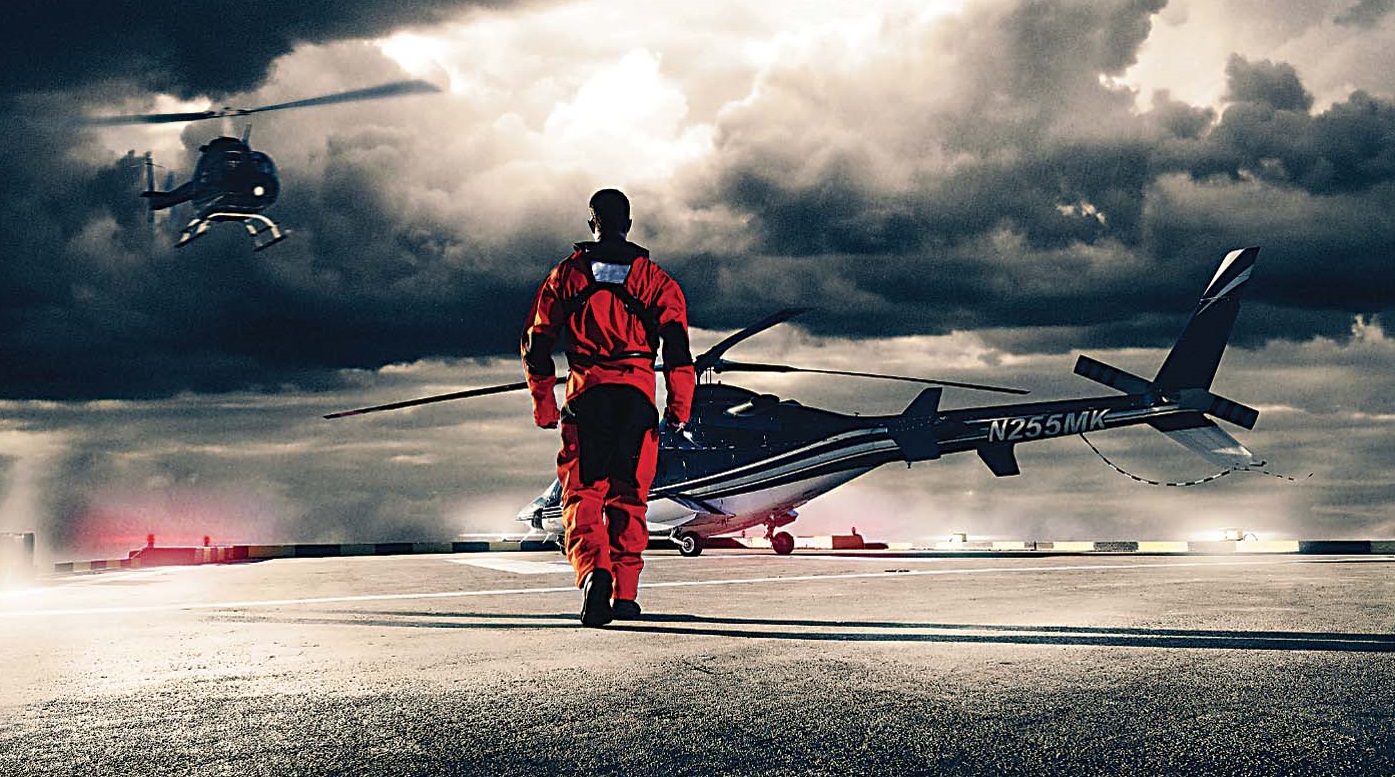When thinking of safety and survival products in the aviation industry, the name Switlik may spring to mind. It’s a name that has been part of the industry for nearly a century, best known from the company Switlik Survival Products.
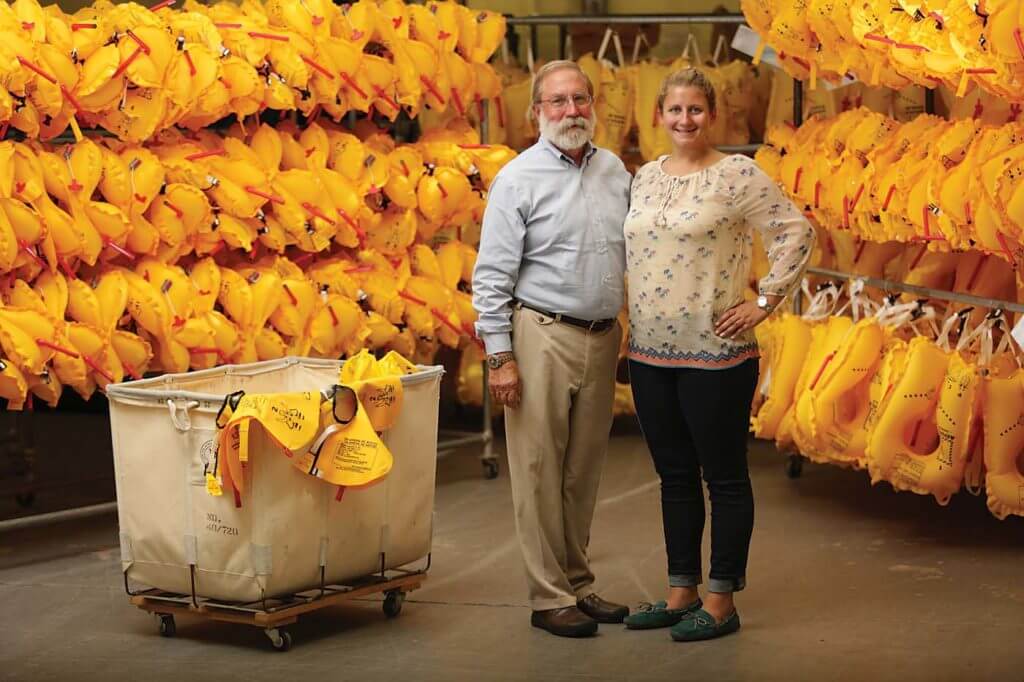
Based in Trenton, New Jersey, the family-run business is renowned for its life vests, anti-exposure suits and life rafts. It all began in the early 1900s, when Stanley Switlik, an immigrant from Poland, was offered an opportunity to work in Trenton at a canvas and leather goods company. After buying the company in 1920, he began experimenting with parachutes and designing flight clothing — due to heightened interest in aviation at the time.
During the Second World War, Stanley’s business was manufacturing roughly 2,000 parachutes per week for the U.S. Army and Navy. When commercial aviation opened up, the company transitioned into other product areas — predominantly staying within the realm of safety and survival equipment.
Nearly a century and four generations of Switliks later, the company’s roughly 120 employees help make the industry safer with life-saving products, continuing the legacy established by Stanley so many years ago.
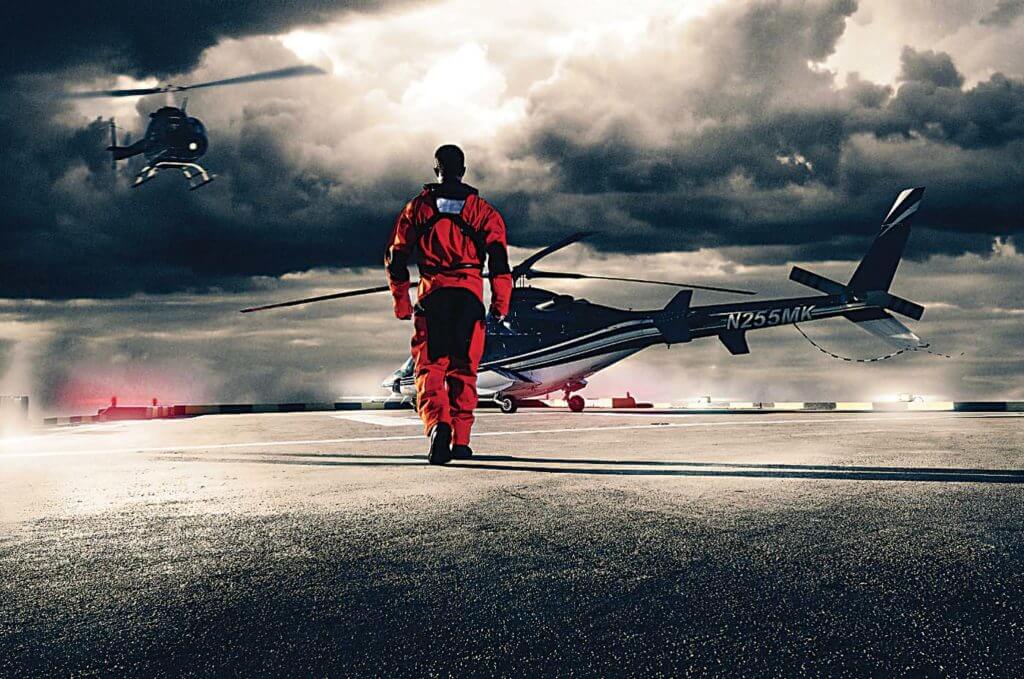
“Even though there are only two family members, if you will, in the building right now, we run the whole business like a family business,” said Sarah Switlik, vice president of sales and marketing, who represents the fourth generation of Switliks working for the company. “Being privately held . . . we’re able to be a lot more flexible both in the products that we’re developing and selling, and the projects we take on.”
Switlik’s gear is used by some of the largest helicopter emergency medical services (HEMS) operators in the U.S. and Australia, as well as by aerial law enforcement, firefighting, and oil-and-gas operators around the world. The company’s products are also used by the U.S. Navy, U.S. Marine Corps and U.S. Coast Guard.
Always equipped
Whether its customers fly commercially, for a government agency, or the military, Switlik covers all bases with its survival products.
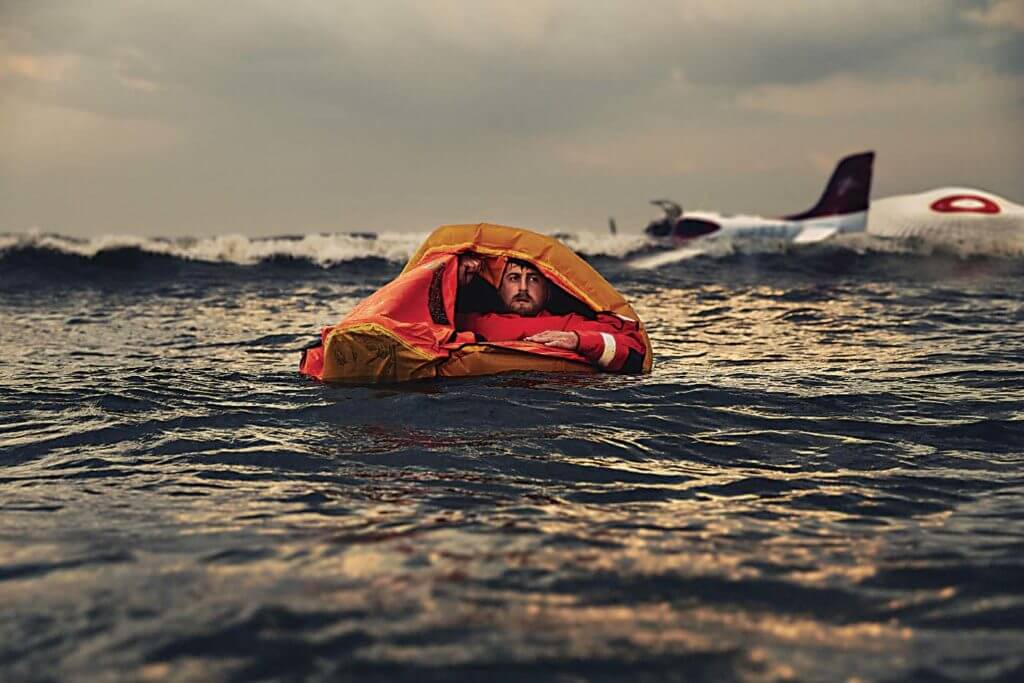
“Our biggest product is our constant-wear life vest, either for passengers or for pilots,” said Sarah. “We’ve been doing those since the early ’80s.”
The company’s X-Back constant-wear life vests are well-known by aviators who often fly missions over water, with a design that makes them easier to wear for longer periods of time without compromising safety. Stanley Switlik II (Sarah’s father and the company’s current owner) is passionate about creating life vests that are both safe and comfortable.
“My dad, Stan — he’s an engineer — he read something online that said, ‘I love this vest, but it’s uncomfortable around my neck,’ and he really took that to heart and designed a new product,” Sarah explained. “We reorganized the components of [the vest] to remove all that weight and bulk from the shoulder area to provide more freedom of movement.”
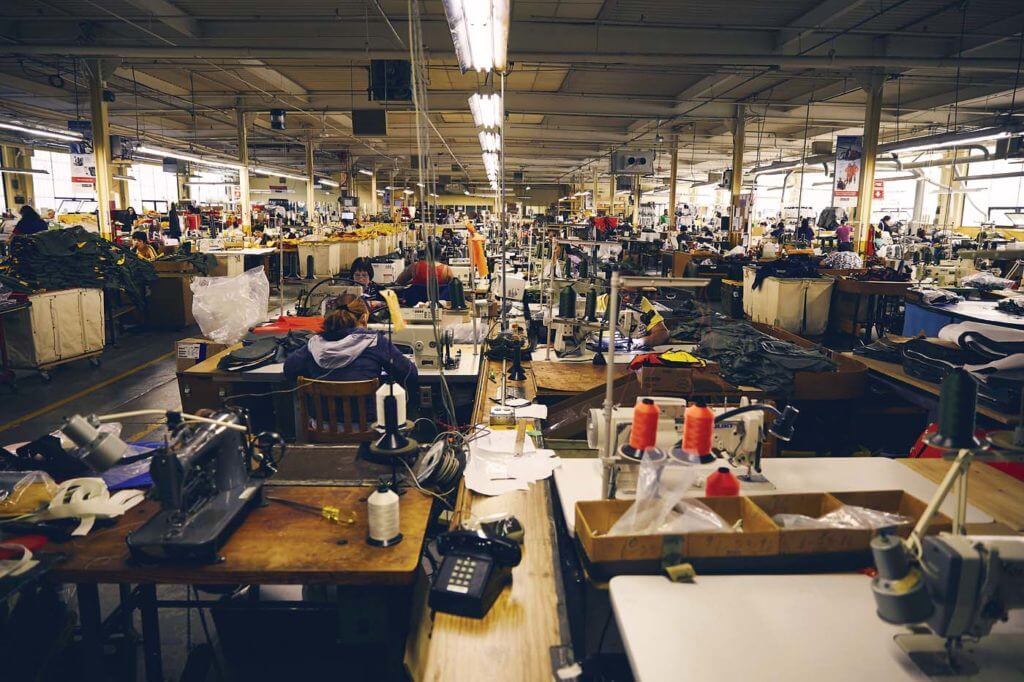
She added that the design doesn’t interfere with other equipment that helicopter crews are required to wear, including harnesses.
And the bright-orange design of Switlik’s suits may be a familiar sight in the field. The company’s U-Zip-It anti-exposure suit was originally designed for the U.S. Coast Guard, which still uses the product, but is also beneficial for pilots and crews during search-and-rescue missions or over-water operations, particularly in cold weather. The suit is made from flame retardant, waterproof PTFE fabric, and as suggested by the name, has a zipper placement that is “designed for better freedom of movement and easier donning.”
In the last two years, Switlik has started selling its aviation life rafts again. These are used for the safety of helicopter crews and passengers in the event of a ditching, or can be dropped by crews to people in the water — the latter scenario is executed with Switlik’s air-drop raft, which is good for both private and general aviation aircraft.
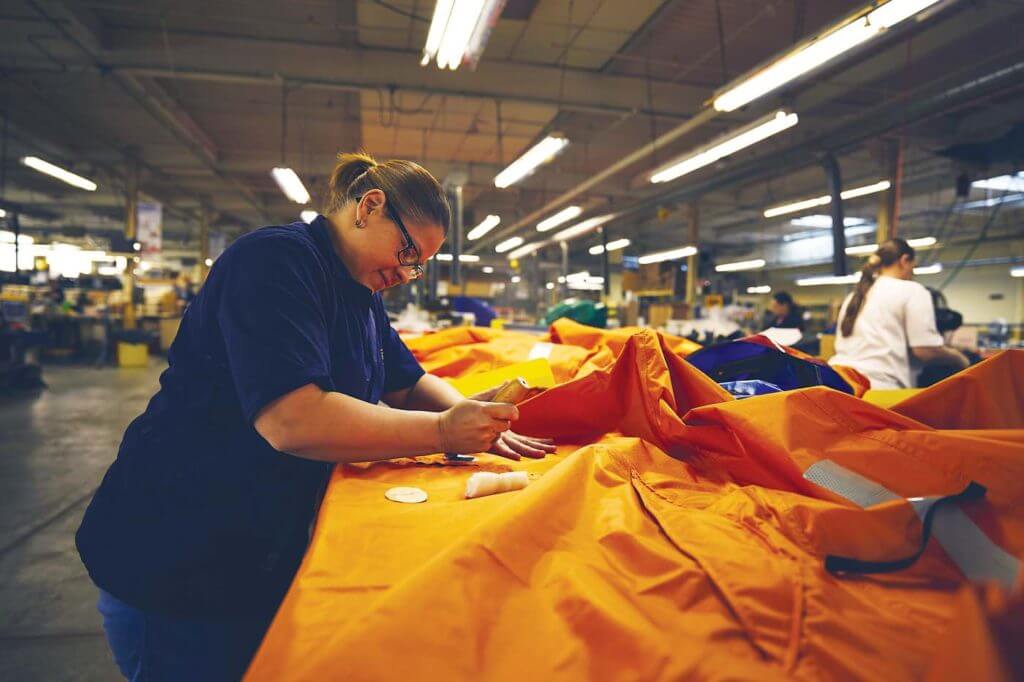
When designing vests, suits or rafts for military customers, the process becomes even more detail-oriented. “The military side is much more technical and products are held to a high military quality standard,” said Sarah.
Holding high standards
Whether designing and manufacturing products for military or civilian operators, the testing process is not something Switlik takes lightly. “Everything that goes through the building has to be held to the highest level of quality standards,” Sarah said. “The products we make need to work.”
Switlik practices “100 percent quality testing,” which means every vest, suit or raft that is made gets tested before leaving the building — everything receives the same treatment, right down to the most entry-level products.
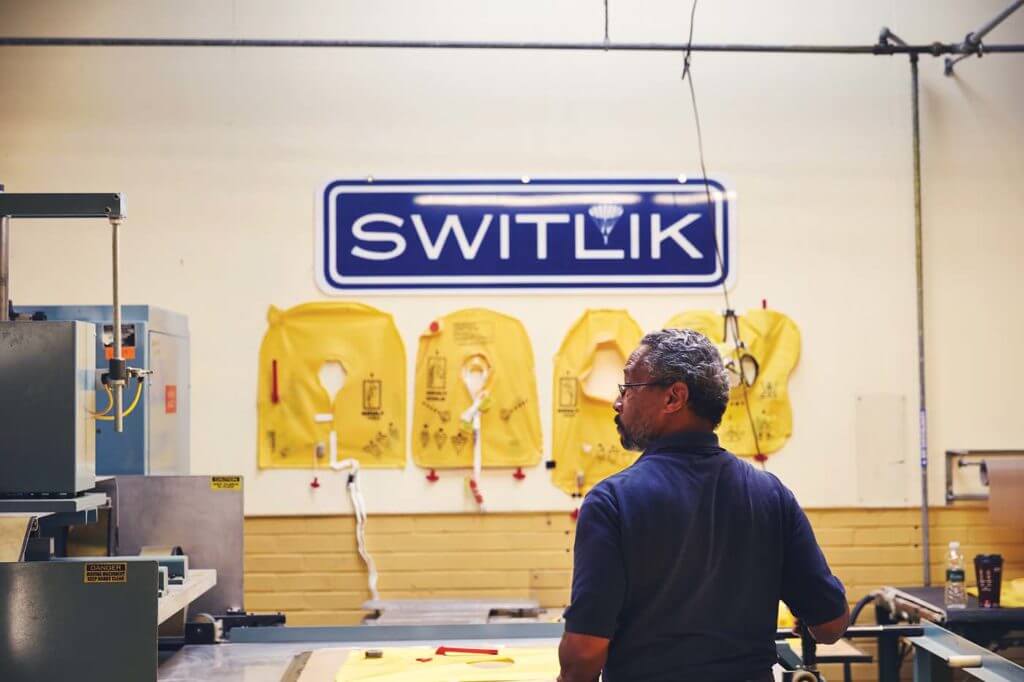
“Every single life vest we make gets inflated and left overnight, and then we check the next morning to make sure that no pressure has changed,” she said. “And the same with our suits. We’re doing at least one, if not two, full inspections on the suits . . . [including] watertight inspections to make sure there’s nothing seeping through.”
Switlik can deliver life vests to customers with an average lead-time of just one to three weeks, as the vests are typically in stock. A larger order of 30 to 40 vests, however, may increase that lead-time to three to four weeks. On the other hand, Switlik’s suits are custom-made to order, so customers can expect delivery of suits within roughly six weeks.
Having all its employees based at one facility allows the company to be flexible on the production floor to reduce lead times when necessary. “We can shuffle things around because we’re all right in the same building here,” said Sarah. “We can prioritize orders if and when they need to be.”
New territory
Having secured success with its current product offerings, next on the horizon for Switlik is its recently-launched comfort technology division. This will showcase a new manufacturing process, entering the market with a new sealed foam technology that allows the company to make a different kind of inflatable structure.
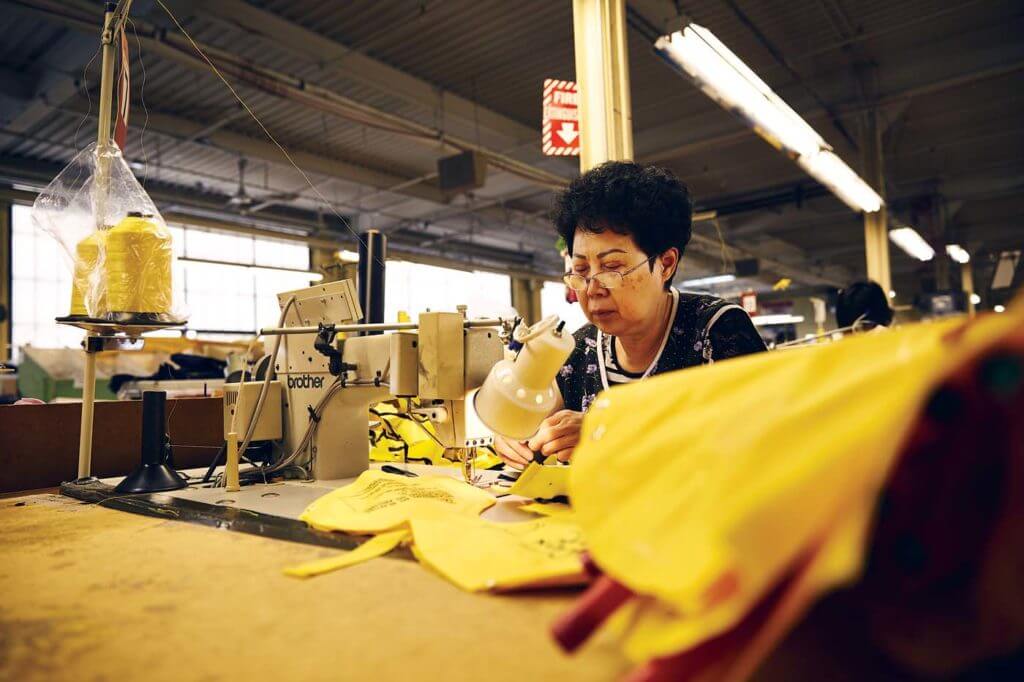
The idea originally developed from a project with DARPA (the Defense Advanced Research Projects Agency — an agency of the U.S. Department of Defense), where Switlik was trying to make a better ejection seat for fighter jet pilots. Sarah said foam with a sealed surface could be molded into unique shapes, providing the potential to build the type of inflatable structure that can’t be made with just air and fabric.
Switlik is currently using the foam technology in a mattress as a starter product to showcase its abilities.
“Once people see how it works, we can hopefully transition into other comfort and style products, but also see how we can circle back into our survival products with the technology,” Sarah added.
With its life vests and anti-exposure suits, the company recently adapted these products to break into the oil-and-gas market in the North Sea in Europe. After European aviation authorities laid down new safety regulations for offshore helicopter operations in the North Sea, Switlik redesigned its X-Back vest and U-Zip-It suit to comply with stringent design and performance characteristics.
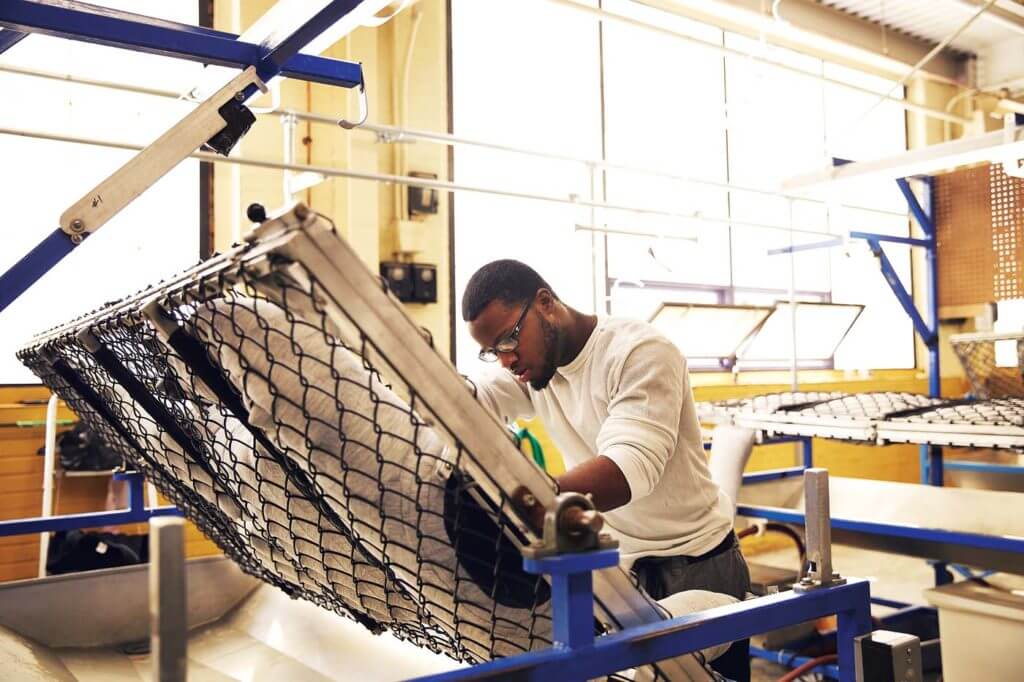
“The oil-and-gas market in the North Sea hasn’t seen any new [survival suit manufacturer] players in a while,” said Sarah. “They have some pretty tight approval restrictions, but we finally got approved.” The company hopes to gain further exposure in Europe with its re-
designed European Technical Standard Order-approved suit and vest.
Moving forward, the company intends to focus on innovation and staying “ahead of the curve.” Sarah told Vertical that Switlik is doing more research and exploration into underarm flotation and better ways to solve problems with current products on the market.
“We’ve always held [the view] that we need to be conscious of getting products to market before others, and just remaining innovative at all times,” she added. “But what we do is we try to make a better product. . . . We’ve been at it longer than anybody else.”





